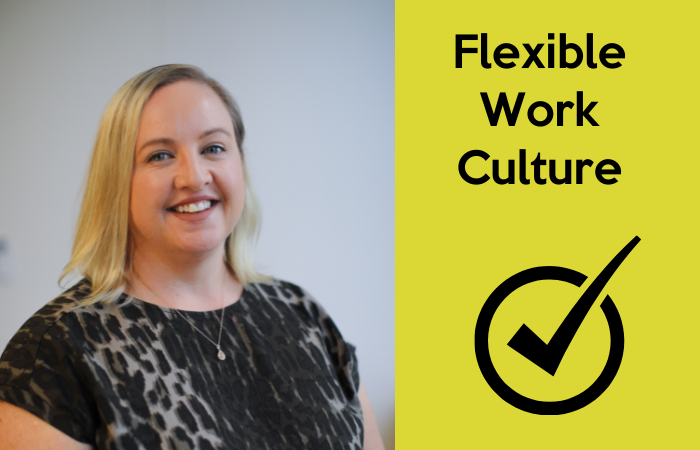Flexible work culture? Done.
I feel like I have been lucky in my career. Lucky I have worked in roles where I could manage to work flexibly in some form to manage other life priorities. But when I reflect, I only managed this for myself. Did I fight for flexible work for others? No I did not. Did I create a flexible work culture? Yeah nuh!
So feeling like a bit of a failure I sought out someone who had a personal need for flexible work, but also set to work in creating something great for others.
Brooke Black, is the Director People, Culture and Talent at the Department of Premier and Cabinet (NSW, Australia) who not only lives and breathes flexible work (she job shares in a senior role) she was instrumental in building a flexible work culture over the past 6 years. How did she do it? And what are her lessons? Here you go…..
There was a clear mandate and a goal: Mike Baird the then leader and premier of NSW announced on International Women’s Day 2016 that by 2019 all roles would flex. This was based on the report from the Australian Human Rights Commission saying workplace flexibility is still a core issue for women’s economic security. Having strong and direct leadership direction and support plus a goal, makes a massive difference in changing something that is hard.
The work was aligned with the values of the organisation: Training leaders and getting them to understand what human motivation is, was an important part of their work. Throwing a bonus at someone, doesn’t necessarily engage them to want to work but when you engage hearts and their minds you get alignment and performance.
They articulated the strategy, connected it to the things that need to get done. They talked less about tasks and more about the direction they were heading. “This is our purpose, these are our values and this is how you fit and belong”.
It took time: The Department of Premier and Cabinet have been on this journey since 2016. I think we often expect quick wins but working with leaders, finding out their vision for flexibility, what leaders see their teams are doing, identifying barriers and what they might try to make flexible working work, took time and lots of effort.
It was important to identify barriers: Primarily to develop a flexible work culture they needed to look at major barriers, including the stigma of presenteeism. It was about shifting from hours of work to output, redesigning the performance management framework and looking at how their jobs were structured.
Leaders were supported and developed: Every leader, every year participated in mandatory people leadership training including ‘being an inclusive leader’ and supporting flexible work. The ‘lead flexibility program’ covered the vision for a flexible work culture, how to manage flex across the team, how to manage stakeholders and workload and how to accommodate each person's individual needs. Leaders were encouraged to have conversations with individuals and the type of flexibility they were looking for, run experiments and review. While it was hard and took time, it was worth it in the end.
Experimenting was core to success: Trial and error was encouraged both at the team and individual level and also across the department. Experiential learning is really important with adults, particularly when the barriers may seem massive. Trying just one little thing and seeing what happens is the first major step in seeing change. Department experiments included changing the default outlook calendar availability from 8am - 5pm to 9.30am-4.30pm, giving flexibility to start later and finish earlier. Other interventions included competitions between teams giving points for different types of flexible work employed with unique prizes.
Leaders modelled flexible work: Leaders were encouraged to tell their flexible work stories and modelled their own flexible work arrangements. Leading by example encouraged more people to do the same. There were no policies put in place, no structure and no checkboxes to tick off. All they did was have the vision for flexibility across the organisation. Flexibility was for everyone and was individually agreed.
Flexibility was measured: Leaders had toolkits, training and were measured on how successful they were in building “all roles flex”. Leaders have it in their performance agreement that they need to be having flexible working conversations and success was and is monitored through surveys. All interviews for external candidates have mandatory questions on how the candidates would like to use flexible options.
The approach was inclusive: while flexibility is often seen as a way to support women, it doesn’t work unless flexible work arrangements are for everyone. And that’s exactly what the Department of `Premier and Cabinet did by saying “all roles flex”
When the Covid-19 pandemic hit people in the Department of Premier and Cabinet were already working flexibly and many from home, making the transition easier. At any one time they would only have 60% of staff in the office, as people were working flexibly or remotely. No communication came out that people were to return to the office after any Covid lockdown as they resumed their flexible ‘business as usual’.
As many companies are grappling with establishing hybrid work models, what are Brooke’s final tips for developing a flexible work culture?
Make it simple, don’t try and over complicate or over policy it.
Don’t state how many days a week someone needs to be in the office.
Empower people to have open conversations in a trusting environment if possible and keep it really simple.
Work out what people are looking for.
Experiment. Give different scenarios a go and trial it to see if it works.
Figure out what works best for the organisation, the team and the person.
You can watch the whole webinar below…….

